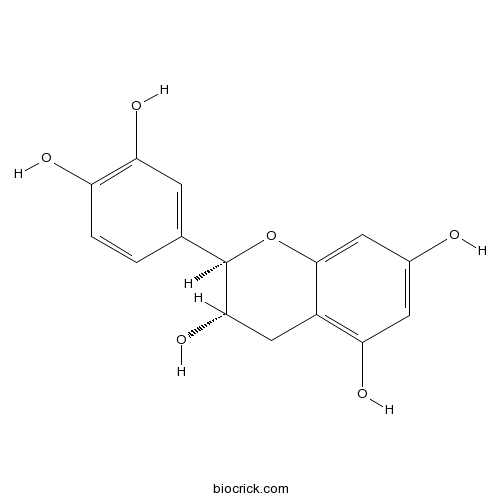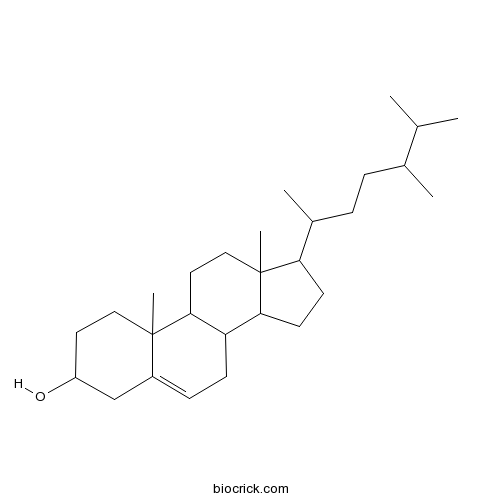Rhododendron delavayi
Rhododendron delavayi
1. The products in our compound library are selected from thousands of unique natural products; 2. It has the characteristics of diverse structure, diverse sources and wide coverage of activities; 3. Provide information on the activity of products from major journals, patents and research reports around the world, providing theoretical direction and research basis for further research and screening; 4. Free combination according to the type, source, target and disease of natural product; 5. The compound powder is placed in a covered tube and then discharged into a 10 x 10 cryostat; 6. Transport in ice pack or dry ice pack. Please store it at -20 °C as soon as possible after receiving the product, and use it as soon as possible after opening.
Natural products/compounds from Rhododendron delavayi
- Cat.No. Product Name CAS Number COA
-
BCN1688
Catechin154-23-4
Instructions

-
BCN3181
Campesterol474-62-4
Instructions

The draft genome assembly of Rhododendron delavayi Franch. var. delavayi.[Pubmed: 29020749]
Rhododendron delavayi Franch. is globally famous as an ornamental plant. Its distribution in southwest China covers several different habitats and environments. However, not much research had been conducted on Rhododendron spp. at the molecular level, which hinders understanding of its evolution, speciation, and synthesis of secondary metabolites, as well as its wide adaptability to different environments. Here, we report the genome assembly and gene annotation of R. delavayi var. delavayi (the second genome sequenced in the Ericaceae), which will facilitate the study of the family. The genome assembly will have further applications in genome-assisted cultivar breeding. The final size of the assembled R. delavayi var. delavayi genome (695.09 Mb) was close to the 697.94 Mb, estimated by k-mer analysis. A total of 336.83 gigabases (Gb) of raw Illumina HiSeq 2000 reads were generated from 9 libraries (with insert sizes ranging from 170 bp to 40 kb), achieving a raw sequencing depth of ×482.6. After quality filtering, 246.06 Gb of clean reads were obtained, giving ×352.55 coverage depth. Assembly using Platanus gave a total scaffold length of 695.09 Mb, with a contig N50 of 61.8 kb and a scaffold N50 of 637.83 kb. Gene prediction resulted in the annotation of 32 938 protein-coding genes. The genome completeness was evaluated by CEGMA and BUSCO and reached 95.97% and 92.8%, respectively. The gene annotation completeness was also evaluated by CEGMA and BUSCO and reached 97.01% and 87.4%, respectively. Genome annotation revealed that 51.77% of the R. delavayi genome is composed of transposable elements, and 37.48% of long terminal repeat elements (LTRs). The de novo assembled genome of R. delavayi var. delavayi (hereinafter referred to as R. delavayi) is the second genomic resource of the family Ericaceae and will provide a valuable resource for research on future comparative genomic studies in Rhododendron species. The availability of the R. delavayi genome sequence will hopefully provide a tool for scientists to tackle open questions regarding molecular mechanisms underlying environmental interactions in the genus Rhododendron, more accurately understand the evolutionary processes and systematics of the genus, facilitate the identification of genes encoding pharmaceutically important compounds, and accelerate molecular breeding to release elite varieties.
Photosynthetic Response of an Alpine Plant, Rhododendron delavayi Franch, to Water Stress and Recovery: The Role of Mesophyll Conductance.[Pubmed: 26697043]
Rhododendron delavayi Franch is an evergreen shrub or small tree with large scarlet flowers that makes it highly attractive as an ornamental species. The species is native to southwest China and southeast Asia, especially the Himalayan region, showing good adaptability, and tolerance to drought. To understand the water stress coping mechanisms of R. delavayi, we analyzed the plant's photosynthetic performance during water stress and recovery. In particular, we looked at the regulation of stomatal (g s) and mesophyll conductance (g m), and maximum rate of carboxylation (Vcmax). After 4 days of water stress treatment, the net CO2 assimilation rate (AN) declined slightly while g s and g m were not affected and stomatal limitation (SL) was therefore negligible. At this stage mesophyll conductance limitation (MCL) and biochemical limitation (BL) constituted the main limitation factors. After 8 days of water stress treatment, AN, g s, and g m had decreased notably. At this stage SL increased markedly and MCL even more so, while BL remained relatively constant. After re-watering, the recovery of AN, g s, and g m was rapid, although remaining below the levels of the control plants, while Vcmax fully regained control levels after 3 days of re-watering. MCL remained the main limitation factor irrespective of the degree of photosynthetic recovery. In conclusion, in our experiment MCL was the main photosynthetic limitation factor of R. delavayi under water stress and during the recovery phase, with the regulation of g m probably being the result of interactions between the environment and leaf anatomical features.
Natural hybridization between Rhododendron delavayi and R. cyanocarpum (Ericaceae), from morphological, molecular and reproductive evidence.[Pubmed: 20738728]
The natural hybridization that occurs between two sympatric species of Rhododendron subgenus Hymenanthes in Yunnan, China, was investigated. In field observations, it was noted that the putative hybrids between R. delavayi Franch. and R. cyanocarpum (Franch.) Franch. ex W.W. Sm. had intermediate morphologies. On the basis of morphology, chloroplast DNA (trnL-rpl32) and nuclear DNA (waxy), hybrids and parental species were identified. Hybridization occurred in both directions, but was asymmetrical, with R. delavayi as the major maternal parent. Reciprocal hand pollination treatments showed that either species, as pollen donor or pollen receiver, could produce fruits. It was noted that fruit set varied among treatments. The same pollinators (bumblebees) were shared in both parental species. From these results, we conclude that individuals with intermediate morphologies are indeed of hybrid origin from natural hybridization between R. cyanocarpum and R. delavayi. Furthermore, we presume the hybridization at the study site could have been initiated by habitat disturbance in the 1950s, and we may hence witness the early stages of hybrid swarm formation.
[Studies on the chemical constituents from Rhododendron delavayi].[Pubmed: 20432898]
To study the chemical constituents of the leaves from Rhododendron delavayi.
Natural hybridization origin of Rhododendron agastum (Ericaceae) in Yunnan, China: inferred from morphological and molecular evidence.[Pubmed: 17393071]
The natural hybridization that occurs between two sympatric species of Rhododendron subgenus Hymenanthes in Yunnan, China, was investigated. The assumed parents, Rhododendron delavayi Franch. and R. decorum Franch., are morphologically distinct, and the putative hybrid species, R. agastum Balf. f. et W. W. Smith, has an intermediate morphology. We used the main morphological characters, sequences of the nuclear ribosomal DNA ITS region, and the chloroplast DNA trnL-F intronspacer to analyze the three species, and compared these morphological and molecular data with an artificial hybrid between R. decorum (female symbol) x R. delavayi (male symbol). From the results, we conclude that R. agastum is a natural hybrid between a female R. delavayi and a male R. decorum.


